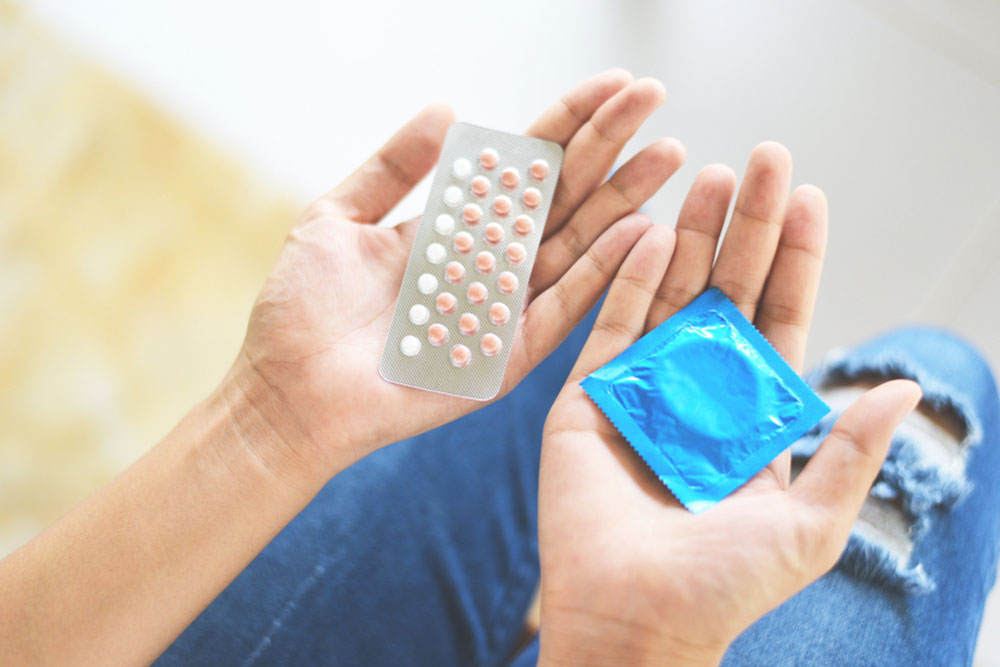Top 5 Natural Methods to Prevent Unplanned Pregnancy
Explore five effective natural birth control methods including temperature tracking, cervical mucus monitoring, withdrawal, breastfeeding, and abstinence. Learn how these approaches work and their success rates, emphasizing the importance of proper practice and professional advice for contraception and STDs prevention.

Natural contraceptive techniques involve preventing pregnancy without using external devices, medications, or hormonal aids. These strategies typically depend on understanding the menstrual cycle or avoiding vaginal intercourse during fertile periods. While effective, natural methods do not provide protection against sexually transmitted infections. Below are some of the most widely practiced natural birth control options used worldwide.
Basal Body Temperature Tracking
This method predicts fertility by monitoring daily temperature fluctuations. Typically, body temperature dips during the first half of the cycle and rises around ovulation. By recording your temperature each morning, you can identify safe days when intercourse is unlikely to result in pregnancy, usually after sustained temperature increases for three days. Effectiveness varies between 76% and 88%, depending on accuracy and consistency.
Cervical Mucus Observation
This fertility awareness approach involves tracking changes in cervical mucus throughout your cycle. Hormonal shifts cause variations in mucus color, texture, and amount. Post-ovulation, mucus tends to become cloudy and sticky, indicating safer days. Personalized monitoring is crucial, often requiring formal training to interpret accurately. Each woman’s safe window differs, so precise tracking is key.
The Withdrawal Method
Also known as the pull-out technique, this involves withdrawing the penis before ejaculation to prevent semen from entering the vagina. Success hinges on timing and self-control. While easy to perform, it does not protect against sexually transmitted diseases and has an effectiveness rate of approximately 78%.
Breastfeeding as Birth Control
When done correctly, exclusive breastfeeding can prevent ovulation. Nursing every four hours during the day and every six hours at night suppresses egg release, making pregnancy unlikely. However, this method is only reliable for a limited period after childbirth and varies with individual hormonal responses.
Abstinence and Outercourse
Abstinence, avoiding vaginal intercourse altogether, remains one of the most reliable natural methods. Outercourse encompasses sexual activities that do not involve penetration, such as oral or anal sex. The choice of abstinence type varies per individual, offering a hormone-free, disease-free approach.
Note:
The information provided here is for educational purposes only. It should not replace professional medical advice. Always consult qualified healthcare providers for personalized guidance and treatment options.









